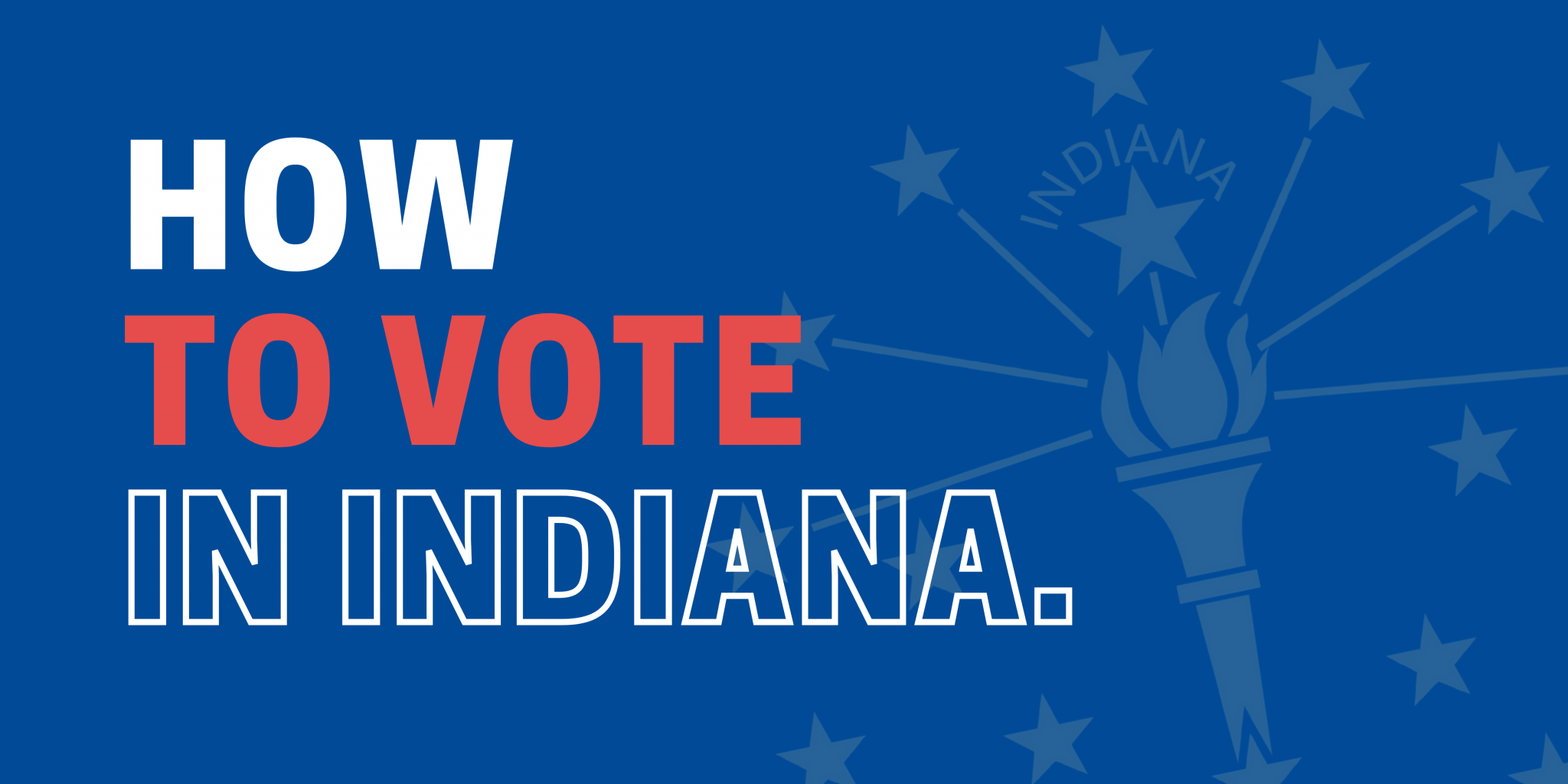Casting your ballot and using your vote to help shape the future of the nation is part of your rights as an American and your civic duty. Most people consider Election Day to be a sort of sacrosanct ritual that’s the same every time: You line up and wait your turn, step into a booth, fill out your ballot, hand it into a poll worker and get your “I Voted Today” sticker to display so you can gently remind others that it’s their turn when they see you.
Well, 2020 hasn’t been like any other year in modern history and Election Day isn’t going to be the same, either. The COVID-19 pandemic has made voting a lot more complicated, and there’s been a great deal of confusion about how to vote safely (and make sure that your vote is properly counted).
Here’s what you need to know about voting in Indiana this November:
What Are the Most Important Dates to Remember?
Whether you plan to vote by mail or vote at the polls, the dates you need to keep in mind are the same:
- Oct. 5: Your last day to register to vote
- Oct. 6: Early voting begins for in-person voting
- Oct. 22: The last day to request a vote-by-mail ballot
- Nov. 2: Early voting ends
- Nov. 3: The general election polls are open
In general, the number of absentee ballots is expected to be higher than usual, so make sure that you plan ahead if you intend to go that route. Similarly, if you plan to vote early (which is called “in-person” absentee voting), the polls are guaranteed to be open on Oct. 24 and Oct. 31, but the times may vary by county. Check with your local polling place to be certain.
Another critical thing to remember is that there is no same-day registration to vote in Indiana. If you haven’t registered to vote by Oct. 5, you lose your opportunity to cast your ballot in this election.
Who Can Vote by Mail in Indiana?
Indiana has not made any changes to its rules regarding absentee ballots this year, despite the pandemic. You must meet one of the requirements listed below to qualify for an absentee ballot:
- You have a reasonable belief that you will be absent from the county on Election Day during the entire 12 hours that the polls are open.
- You are disabled.
- You are 65 years of age or older.
- You have official election duties in a precinct other than your own that would keep you from voting on Election Day.
- You are scheduled to work the entire 12 hours that the polls are open on Election Day.
- You are confined due to an illness or injury or caring for someone who is confined due to an illness or injury for the entire 12 hours the polls are open.
- Your religious duties or a religious holiday prevents you from voting during the 12 hours the polls are open.
- You are in the state’s address confidentiality program.
- You are in the military or are a public safety officer.
- You are designated a “serious sex offender” by Indiana Code 34-42-4-14(a).
- You are unable to vote because of the lack of transportation to the polls.
There’s no exception if you are just concerned about the possibility of catching COVID-19. However, all registered voters are allowed to vote early in person, which can minimize your risk, and you can ask for an absentee ballot if you are quarantining due to exposure to the virus.
If you do plan to vote by mail, you need to fill out the appropriate form, print it out and return it by 11:59 p.m. on Oct. 22, or you won’t be permitted to have an absentee ballot.
What Do You Need to Bring with You to the Polls?
If you’re heading to the polls to vote, do yourself a favor: Double-check that you put your identification in your pocket before you walk out the door. Any United States citizen who is 18 years old or older and not currently imprisoned following a criminal conviction is eligible to vote, but you need an Indiana driver’s license or a state-issued ID to do it.
You should also take a few other things with you to the polls this year: a mask, a pen and a bottle of hand sanitizer. While election officials are doing everything they can to make in-person voting safer, it’s wise to take precautions against COVID-19. According to the recommendations by the Centers for Disease Control and Prevention (CDC), you should wash your hands both before and after you’re at the polls and make liberal use of hand sanitizer with a 60% or higher alcohol base after touching anything.
As always, limiting your exposure to other people is the best way to avoid transmission of the virus, and that’s no different at the polls. Try to keep six feet between you and everyone else, and don’t engage in lengthy conversations with anybody who didn’t come with you.
Is There Anything Else You Should Remember When Voting?
There is one last tip you should keep in your thoughts when voting: Indiana has a strict “signature mismatch” law. If your signature on your state ID doesn’t closely match the signature on your ballot, your vote will be nullified.
While there is a way to get your vote counted if that happens, it’s not particularly easy to do. It may pay to pull out your ID and check before you sign.
For the most current and up-to-date information, please visit indianavoters.in.gov/.


